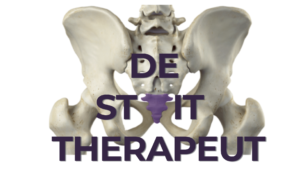Treatment of tailbone pain

Pain at the tailbone, also known as coccydynia, is a problem that can lead to a lot of discomfort and strong limitations in daily life. Although almost no doctor or therapist knows that these can be solved and there is an effective therapy for it (and I was one of them), they are very well treatable.
Around 80% of the people that visit me, leave again, often after only a few sessions, totally free of pain and problems.
Do you want to know more, click the button below for my website about tailbone pain and the treatment of it:
Through the button below you will find an article in het AD (a Dutch newspaper), which also was published in Het laatste Nieuws (Belgium newspaper) of June 2023 about tailbone pain.

